#16th Street
Photo
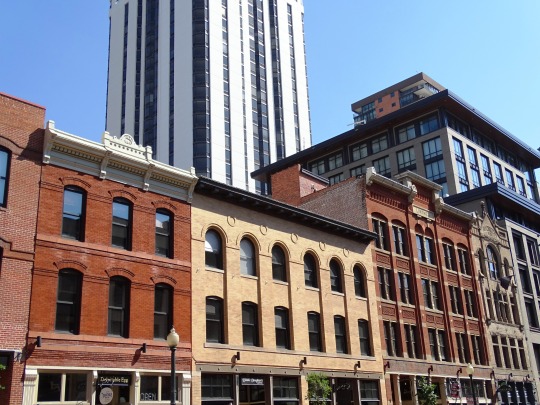







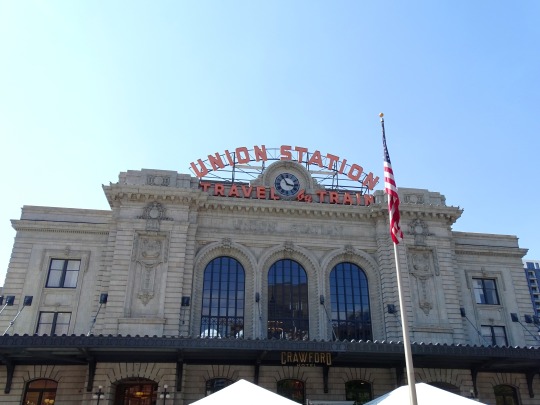

Downtown Denver (No. 9)
By the mid-twentieth century, what was once a thriving business area had become a skid row. As highways and airports diminished the dominance of passenger railroad transportation, the importance of Union Station, LoDo's most prominent building, waned.
Wazee St in LoDo The Lower Downtown Historic District, known as LoDo, was created by the enactment of a zoning ordinance by Denver City Council in March 1988. The resolution's intent was to encourage historic preservation and to promote economic and social vitality in Denver's founding neighborhood at a time when it still held significant historic and architectural value. The status granted by this special designation provided protection to the community's archivable resources and to the 127 contributing historic structures that remained after roughly 20% of Lower Downtown's buildings had been demolished through DURA policies in the 1960s and 1970s. LoDo's historic district ordinance includes zoning that restricts building height and encourages mixed-use development. It stipulates strict design guidelines for rehabilitation and new construction. These guidelines have been challenged by out-of-state developers but are vigorously defended by residents.
During this time, the neighborhood began its renaissance and new businesses opened. Gradually LoDo became a destination neighborhood. By the time Coors Field opened on the edge of the LoDo Historic District in 1995, the area had revitalized itself, becoming a new, hip neighborhood filled with clubs, restaurants, art galleries, boutiques, bars, and other businesses. Pepsi Center, located on the other edge of the neighborhood, opened in 1999 and further established the neighborhood as a sport fan's paradise. New residential development came to LoDo, transforming old warehouses into pricey new lofts.
The Oxford Hotel, built in 1891, is listed on the National Register of Historic Places. The Cruise Room is a hotel bar with historic art deco interior, that was operated as an illicit speakeasy.
The Wynkoop Brewing Company, a brewpub founded in 1988 by Colorado's 42nd Governor John Hickenlooper with partners Russell Schehrer, Mark Schiffler, and Jerry Williams, sponsors the "Beerdrinker of the Year" competition, which is hosted yearly in one of the banquet halls. The Wynkoop has a large billiards hall on its top floor.
Source: Wikipedia
#Oxford Hotel and Office Annex#Waters Building#Oxford Hotel#architecture#Wynkoop Brewing Company#Denver Millennium Bridge#Sugar Building#USA#Union Station#16th Street#tourist attraction#landmark#original photography#vacation#travel#Mile High City#Mountain West Region#Colorado#exterior#cityscape#LoDo#downtown#street scene#summer 2022#marquee#detail
4 notes
·
View notes
Text
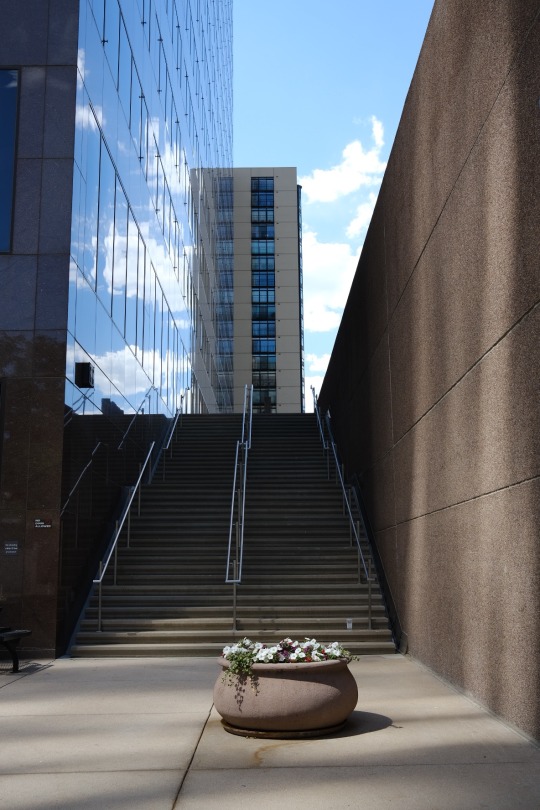
#lensblr#fujifilm#x100v#colorado#denver#16th street#original photographers#urban photography#reflection#clouds#amateur photography
20 notes
·
View notes
Video
16th and Washington by Lester Public Library
Via Flickr:
Two Rivers, Wisconsin
#Two Rivers#Wisconsin#Washington Street#16th Street#Schroeder's#Schroeder's Department Store#steeple#Downtown Two Rivers#downtown#afternoon#Summer#sunny#TrueToTwo#Explore Two Rivers#Street#trees#tree#September#Lester Public Library#WIsconsin#Read#Discover#Connect#Enrich#flickr
3 notes
·
View notes
Text
#16th Street: The Blog of the Center for Jewish History#16th Street#Religion & Magic#Jewish Studies#Bookshelf#Tumblr Staff Has Ruined Links Now And I Hate Them For It
0 notes
Text

Street scene in the 16th district of Paris
French vintage postcard
#district#th#tarjeta#postkaart#paris#sepia#historic#photo#postal#briefkaart#16th#photography#street#vintage#ephemera#ansichtskarte#old#postcard#french#postkarte#scene#carte postale
13 notes
·
View notes
Text
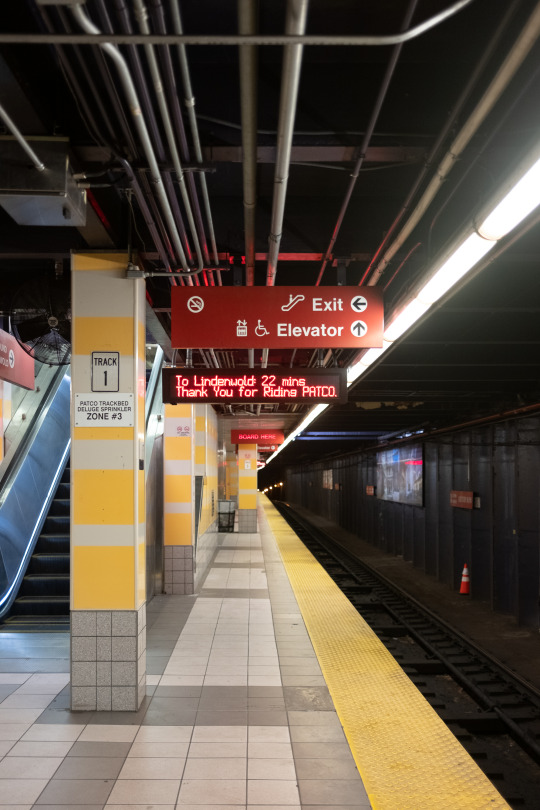
40 notes
·
View notes
Text
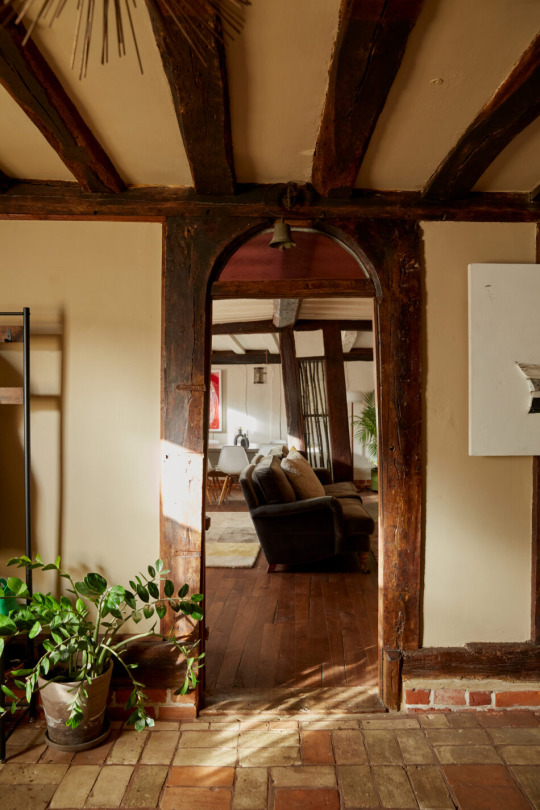
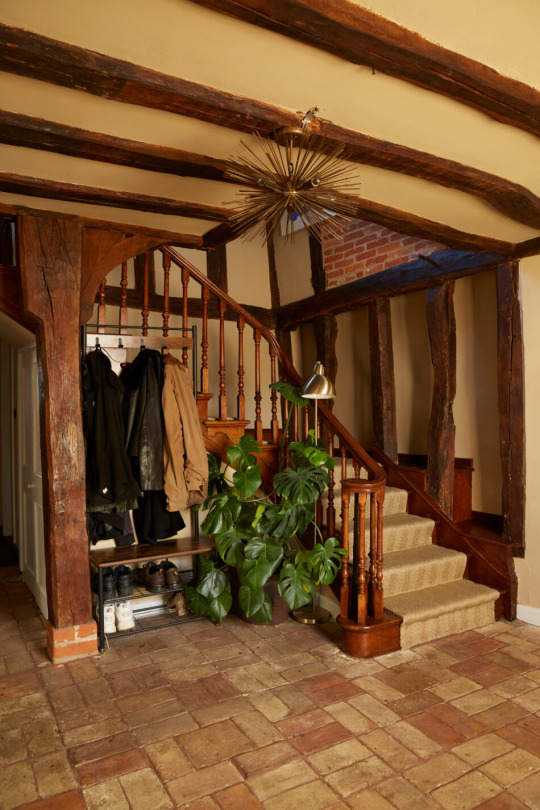





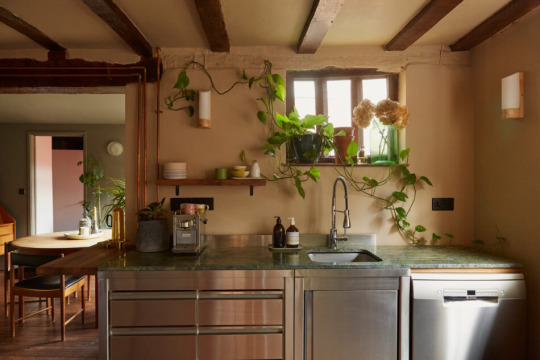
High Street, Hadleigh Suffolk
#17th-century house#High Street#Hadleigh Suffolk#16th-century#living room#kitchen#doorway#door#doors#archway#arch#stairs#wooden interior#architecture#stairway#interior#interior design#classic architecture#classic interiors#classic interior design#warm#wood#staircase
50 notes
·
View notes
Text
A day after the 16th Street bombing – not the last one in the city – a lawyer named Charles Morgan famously called out the silent and the complicit, the people who stood by and accepted the status quo, the overtly racist and those too timid or distracted or speak.
“Every person in this community who has in any way contributed during the past several years to the popularity of hatred, is at least as guilty, or more so, than the demented fool who threw that bomb,” he said.
John Archibald quoting Charles Morgan in an article at Alabama.com. What Alabama textbooks won’t teach about the 16th Street Baptist Church bombing
The link Archibald shares is to a worthwhile video by the SPLC"s Learning for Justice.
8 notes
·
View notes
Photo



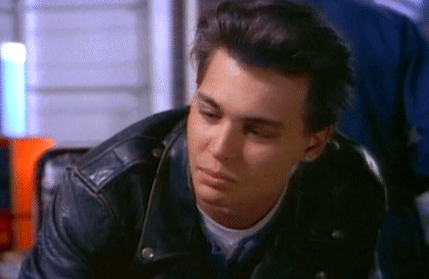
Happy 16th of DEPPcember!
(Johnny Depp) (16/31)
(21 Jump Street) [S1E3]
#johnny depp#deppcember#december#december 16#december 16th#deppcember 16#deppcember 16th#21 jump street#tom hanson#16/31#advent calendar#advent gif calendar#johnny depp gifs#johnny depp gif#gif#gifs#21 jump street gif#.
32 notes
·
View notes
Text
I'm thinking about doing a watch party because I'm lonely and sad would any of you guys come? I'm thinking either Fear Street or Do Revenge. Probably next Saturday?
#if we did fear street it would be like three parties. because we can't just watch one.#the 16th i think. because i will be on my own and most likely quite sad.#if you want something different tell me i may consider#or maybe a fear street marathon. idk.#i'm open to suggestions
5 notes
·
View notes
Photo
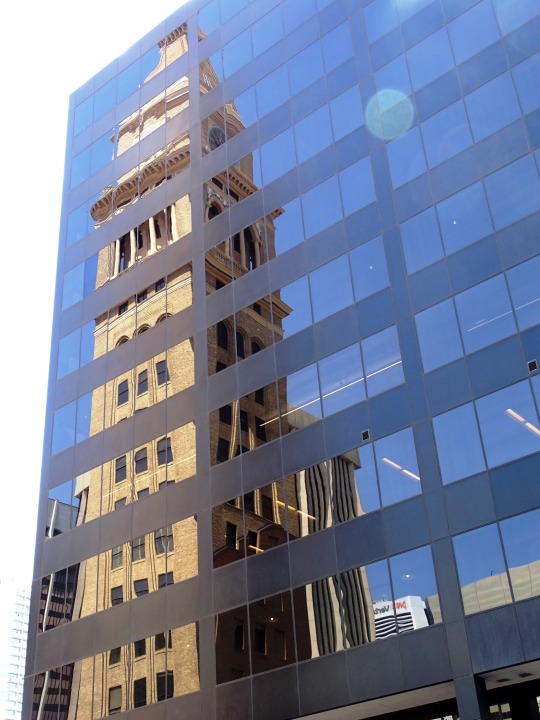

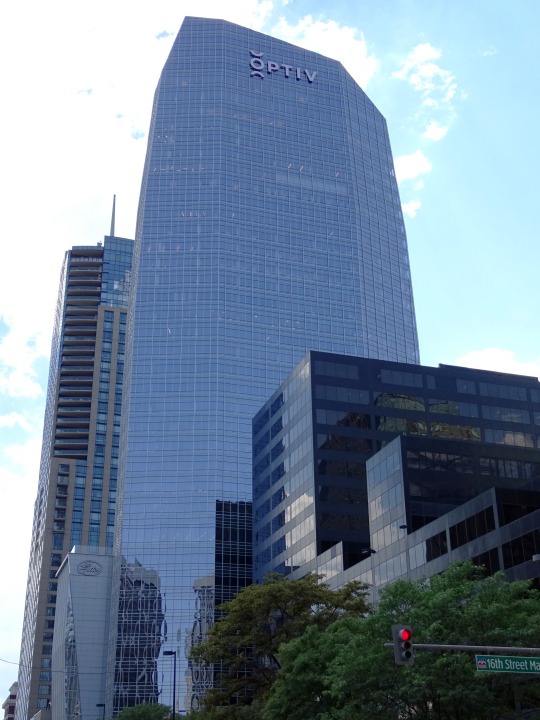
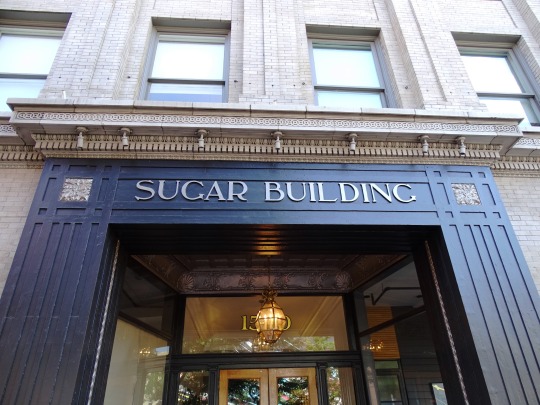
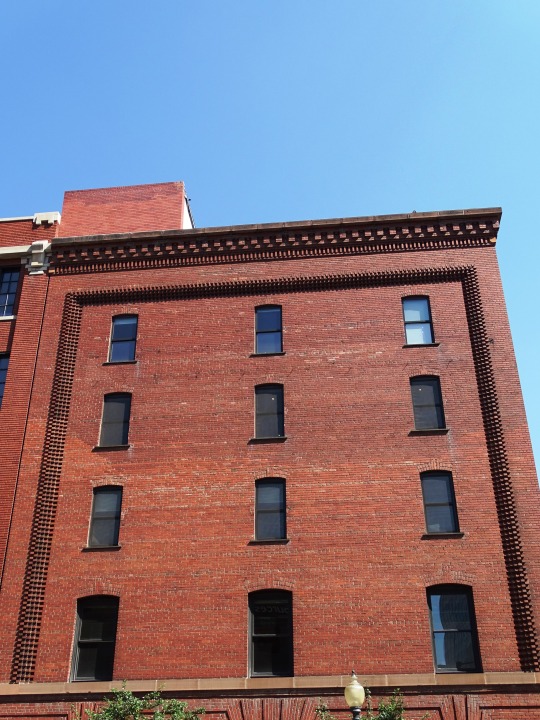
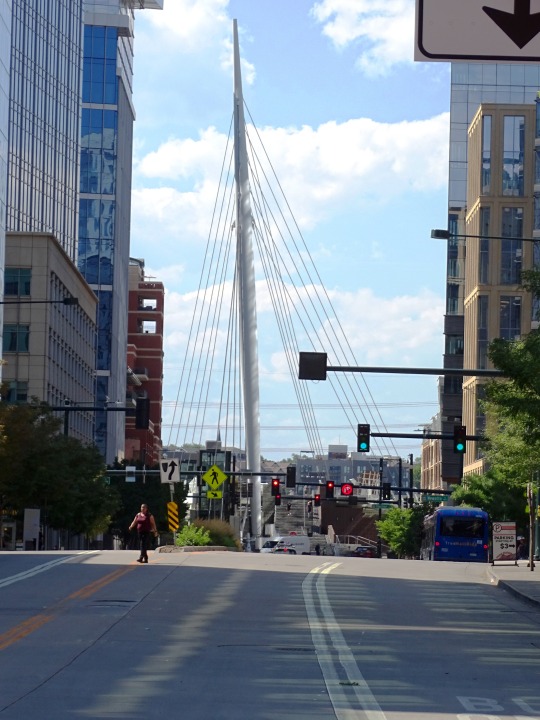




16th Street Mall, Denver (No. 6)
Shaped like a cube and facing the 16th Street Mall south of the Wazee intersection, this historic building was built to house Charles Boettcher’s newly formed Great Western Sugar Company after a merger of six Colorado sugar producers created the cooperative. The front portion of the building is clad in buff brick and housed the company’s offices while the rear of the building, made of darker brick, acted as a warehouse. The company grew quickly and added two stories to the office building just six years after its completion and two stories to the warehouse four years after that.
The Historic Sugar Building is Denver’s earliest example of famous American Architect Louis Sullivan’s Sullivanesque style.With its vertical window bands, distinctive three-part organization (top, middle and bottom) and its ornamentation in geometric and stylized foliage forms, it possess the hallmarks of the movement.
The front façade has pavilion-like end bays and is complemented with corbelled brick pilaster capitals, drop pendants and foliate forms, similar to the roundels of the cornice. The main entrance stands centered in the northeast, under a terra cotta “Sugar Building” sign. The additions blend with the original building in style, and in the window arrangement. On the Wazee side of the building, there are three bays and the ornamentation matches that of the 16th Street side of the building. Notably, this building houses an old Otis birdcage elevator that is one of the few of its kind still in use in the western United States.
Behind the Sugar Building and facing Wazee Street one finds the recently completed SugarSquare project by developer Urban Villages. Conceived as an addition to the Historic Sugar Building, SugarSquare fills in a long standing gap in Denver’s urban fabric with a distinctly modern building that respects the context and rhythm of the historic Wazee streetscape. At four stories above grade, SugarSquare provides a transition between the six-story Historic Sugar Building and the adjacent two-story buildings along Wazee Street.
SugarSquare is clad in blackened stainless-steel panels with a highly transparent glass and steel storefront that celebrates and frames the historic brick walls of the Historic Sugar Building. Sugar Square functions as a private entrance for a tenant who has leased several floors in the Historic Sugar Building. Spaces in the Historic Sugar building flow freely into SugarSquare, significantly increasing the floor plate size of Historic Sugar.
Source
#Denver Millennium Bridge#Sugar Building#16th Street#architecture#cityscape#Denver#Mile High City#16th Street Mall#Sullivanesque style#Gove & Walsh#Daniels & Fisher Tower#reflection#street scene#landmark#tourist attraction#original photography#summer 2022#vacation#travel#USA#Colorado#Mountain West Region#entrance#detail#skyscraper#downtown#engineering
3 notes
·
View notes
Text

#lensblr#fujifilm#x100v#reflection#colorado#denver#16th street#original photographers#urban photography#amateur photography
6 notes
·
View notes
Photo
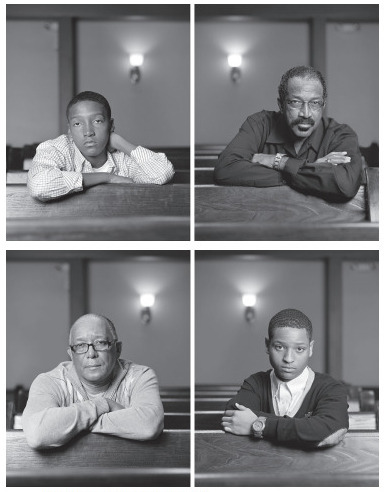
Dawoud Bey - The Birmingham Project (2012)
Source: Tina M. Campt - A Black Gaze: Artists Changing How We See (2021: 127)
#art#photography#birmingham#alabama#black americans#white supremacy#terrorism#16th street baptist church bombing#ku klux klan#dawoud bey
2 notes
·
View notes
Photo

16th Street Baptist Church, Birmingham, AL, September 15, 1963
Addie Mae Collins (1949-1963)
Cynthia Wesley (1949-1963)
Denise McNair (1951-1963)
Carol Robertson (1949-1963)
(image: The 16th Street Baptist Church, seen from inside a destroyed car, on September 17, 1963, two days after the bombing. «Time». Matt Herron / Take Stock / The Image Works)
#photography#addie mae collins#cynthia wesley#denise mcnair#carol robertson#16th street baptist church#time#matt herron#1940s#1950s#1960s
31 notes
·
View notes
Text

Street scene in the 16th district of Paris
French vintage postcard
#district#th#tarjeta#postkaart#paris#sepia#historic#photo#postal#briefkaart#16th#photography#street#vintage#ephemera#ansichtskarte#old#postcard#french#postkarte#scene#carte postale
5 notes
·
View notes
Text
there are so many streets in lover album
4 notes
·
View notes
